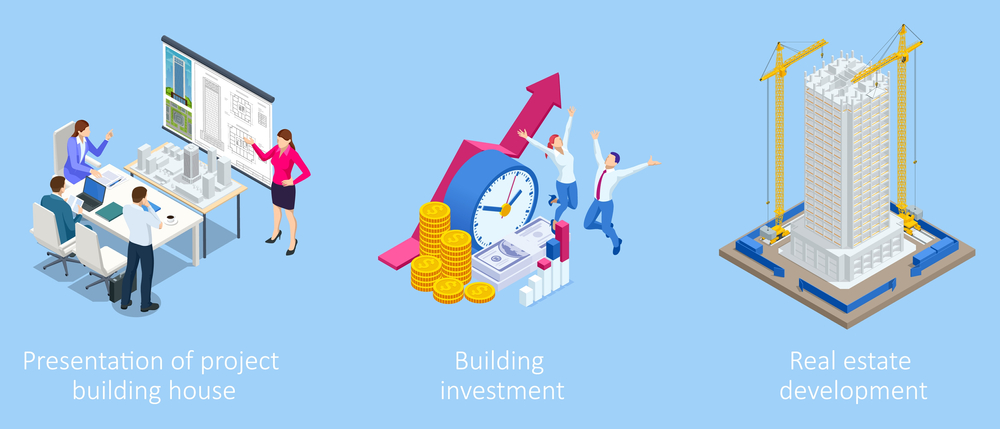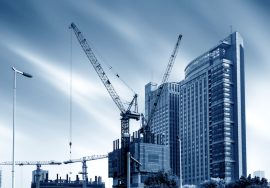The Impact of Building Codes on Construction Projects

Building codes play a critical role in ensuring the safety, quality, and efficiency of construction projects. These regulations govern everything from structural integrity to fire safety, environmental standards, and energy efficiency. In this guide, we will explore the impact of building codes on construction projects and why they are essential for any successful build.
What Are Building Codes?
Building codes are a set of regulations that establish the minimum acceptable standards for construction, renovation, and safety of buildings. These codes are designed to protect public health, safety, and welfare, ensuring that all structures are safe and functional. They can vary depending on the country, state, or municipality, but the goals remain the same: ensuring that buildings meet basic safety and performance requirements.
Common Building Code Areas:
- Structural integrity: Ensuring the building can withstand natural forces like wind, earthquakes, and snow loads.
- Fire safety: Establishing standards for fire exits, smoke detectors, fire-resistant materials, and more.
- Plumbing and electrical systems: Regulating the installation and safety of plumbing and electrical systems.
- Energy efficiency: Promoting energy-efficient construction to reduce energy consumption.
- Accessibility: Ensuring buildings are accessible to individuals with disabilities.
The Role of Building Codes in Project Planning
Building codes significantly impact the planning phase of a construction project. From the design process to obtaining permits, construction teams must account for all relevant building codes to ensure their project meets local regulations. Failure to comply can result in costly delays, fines, or even the need to alter or demolish completed work.

Key Areas Affected by Building Codes During Planning:
- Design: Architects and engineers must design structures that comply with building codes, which may influence the layout, materials, and systems used in the project.
- Permitting: Before construction begins, building plans must be reviewed by local authorities to ensure compliance with codes. Without approval, the project cannot proceed.
- Zoning laws: Building codes also intersect with zoning regulations, which dictate the type of construction allowed in certain areas (residential, commercial, industrial).
By integrating building codes early in the project, construction teams can avoid potential problems during the building process and ensure timely project completion.
Ensuring Safety and Quality
The primary purpose of building codes is to ensure the safety and quality of construction projects. These codes set the standard for structural stability, fire resistance, and occupant safety, among other factors. Adhering to building codes guarantees that buildings are safe for occupants and the surrounding environment.
Safety Standards Enforced by Building Codes:
- Structural soundness: Buildings must be able to withstand environmental stress like earthquakes, storms, and heavy loads.
- Fire safety: Proper fire exits, alarms, and fire-resistant materials are essential to protecting occupants in case of an emergency.
- Electrical safety: Wiring and electrical systems must be installed according to code to prevent electrical fires and accidents.
Ensuring that a project complies with safety regulations not only protects lives but also shields the construction company from legal liability.
The Financial Impact of Building Codes
While adhering to building codes may increase upfront costs, such as requiring more expensive materials or more complex design solutions, these regulations often lead to long-term cost savings. Compliance with energy codes, for instance, can significantly reduce a building’s energy consumption and operational costs over its lifetime.
Financial Implications of Building Codes:
- Initial costs: Building codes may necessitate the use of higher-quality, more expensive materials or systems to meet safety and environmental standards.
- Long-term savings: Energy-efficient building codes can lower energy bills over time, and well-constructed buildings require less maintenance and repair.
- Avoiding fines and delays: Failure to meet building codes can lead to fines, rework, or even demolition, all of which can escalate project costs.
Thus, while building codes may impose initial expenses, they often pay off through increased durability, safety, and efficiency in the long term.
Building Codes and Sustainable Construction
Sustainability has become a critical component of modern construction, and many building codes now include regulations that promote environmentally friendly practices. Codes related to energy efficiency, water conservation, and the use of sustainable materials help reduce the environmental footprint of buildings.
Examples of Sustainable Building Codes:
- Energy codes: Regulations that require the use of energy-efficient lighting, insulation, and HVAC systems.
- Green building standards: Some regions have codes that promote the use of renewable materials and encourage designs that minimize environmental impact.
- Water conservation: Building codes may require water-efficient fixtures or systems that reduce water usage in construction and building operation.
By incorporating these sustainable building practices, construction companies not only meet regulatory requirements but also contribute to a greener future.
Conclusion
Building codes have a profound impact on construction projects, influencing every aspect from design and planning to construction and operation. By ensuring safety, promoting sustainability, and enhancing long-term efficiency, building codes help to create structures that are safe, durable, and environmentally friendly. Compliance with these codes is essential for the successful and legal completion of any construction project.
Meta Description: Discover how building codes impact construction projects by ensuring safety, quality, and sustainability. Learn why compliance is crucial for project success.
Internal Link: For more information about managing your construction projects, contact us.
External Links:
- Learn more about building code regulations.
- Explore how sustainable building codes can shape future projects.
Read more related articles to enhance your knowledge and make informed decisions
10 Essential Steps in the Building Construction Process
How to Choose the Right Materials for Your Construction Project








